Dalmatia, me likey! Me likey a lot!
After visiting Kornati National Park, we only drove out of Zadar some 10km, where we found ourselves a beautiful spot for the night, right on the beach next to a little fishing harbor.
We watched the sunset right from this spot, trying to imagine how it could be any better. Nothing came to mind, really.
Considering that wild camping is forbidden in Croatia, we are doing pretty good, Iˋd say. But then, itˋs still very much off season. In a month or so, things will be different for sure. But by then we will be in Bosnia & Herzegovina, where wild camping is allowed.
 |
| Close to the road but also so close to pure bliss |
We went to see Vransko jezero next, the largest lake in the country and a nature reserve, especially important for local and migrating birds.
You can circumnavigate the lake on a 45km trail. My human was on her bike, of course, but met people on motorcycles and quads as well. Not many others on bikes. Two, to be exact. And they looked slightly miserable. Might be because 35 of those 45km are bone-rattling rough rubble, up and down and up and down.
We found ourselves another stunning spot for the night, slightly above a little deserted cove.
 |
| Biograd na Moru, a small town along the way |
 |
| Could be that the sailing here is good |
The medieval city of Sibenik makes you think you are in Italy.
Seeing the city from a little distance, you would be excused to check on Google Maps where you actually are.
The rule of the Venetian Republic has been history since the late 18th Century, but it sure has kept the flair. Not just here, but in all of Dalmatia.
The beautiful Cathedral of the Holy Jacob, UNESCO world heritage listed, took 100 years to build. Nothing compared to the Sagrada Familia, but still a long time.
Walking through the small cobblestoned lanes and along the water to the harbor, it all feels very Italian.
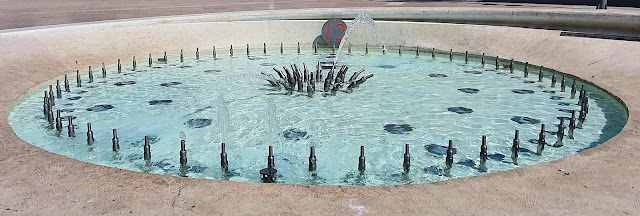 |
| A very timely water clock |
The river Krka discharges here, right opposite the old center.
Thatˋs why the Krka Nationla Park is just around the corner. It was established in 1985 and sees around 10.000 visitors a day in the summer, a little less than Plitvice Lakes.
It being early April, though, and my human being the first one to buy a ticket that day gave her a good head start.
The park opens at 8, but the bus to get you from the car park to the actual entrance only starts at 9. Go figure.
Itˋs only a ten-minute walk from one to the other, though.
So for the first hour or so, she seemed to be the only person in the park. Just to her liking.
The park features seven waterfalls, with Skradinski buk und Roski slap being the most popular.
The water has some amazing colors, changing throughout the park, depending on the size of the waterfall or lake.
Swimming used to be allowed until a few years ago. Protective measures had to be taken, though, due to stupid people doing stupid things.
 |
| Skradinski Buk |
 |
| Roski Slap |
The same natural phenomena that built the Plitvice Lakes, Tufa, is at work here as well, making for a somewhat similar scenery, and yet very different.
If, like me, you have no idea what the heck tufa actually is, here is a little explanation:
Back in the day, the Romans dug a canal to separate the town center from the rest, and so Trogir proper became a tiny island which you can circumnavigate in about 20 minutes.
 |
| I love everything about this picture! |
 |
| View of the city from Marjan Forest Park |
The term palace is a bit misleading, since it is an enormous structure, more of a fortress, really.
Which didnˋt make it easy to pick one for lunch, but in the end my human was very satisfied with her choice and her Dalmatian chicken stew with homemade Gnocchi.
 |
| Konoba Fetivi, great choice! |
 |
| Views from Veliki Kabel |
 |
| Split |
 |
| Our sunset view of Split, another great spot for the night |
I guess experiences will differ in high season, but the natural beauty wonˋt change, you just might not see it for all the people.
 |
| Cetina Canyon |
 |
| The small town of Omis, with the Biokovo mountain range as a fantstic backdrop |
 |
| Makarska, one of the most popular holiday destinations in the country |






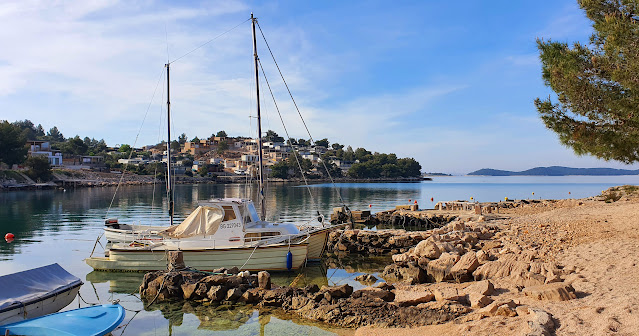











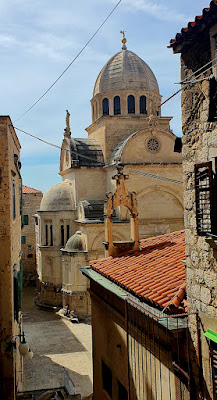
















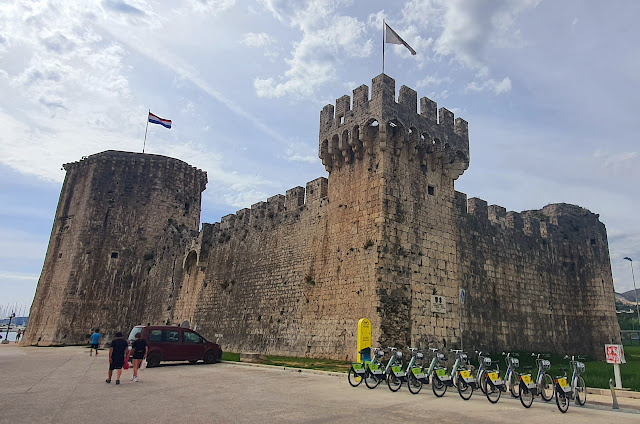






























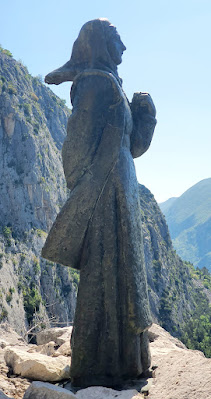

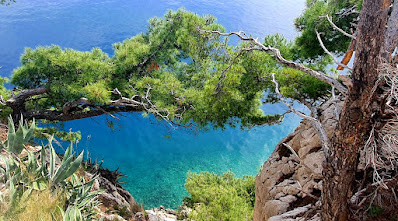





Comments
Post a Comment